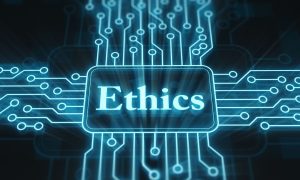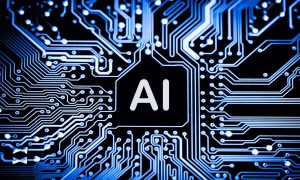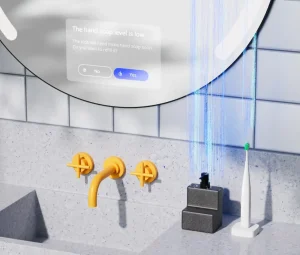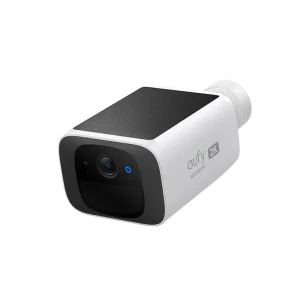Artificial intelligence has transformed the creative landscape faster than most of us expected. What started as experimental technology is now powering everything from image generation to content creation across creative industries worldwide.
However, here’s the thing: with great power comes great responsibility. Creative professionals face new challenges every day in using AI tools responsibly. Questions about copyright, environmental impact, and fair compensation for artists are unlikely to go away anytime soon.
This article covers the essential framework you need to use AI ethically in your creative work. We’ll explore privacy concerns, environmental considerations, and practical guidelines that protect both creators and consumers. You’ll also discover how to stay ahead of evolving ethical standards while maintaining your creative integrity.
Privacy, Consent, and Security Measures
The foundation of ethical AI use starts with understanding what happens to your data. Most AI platforms collect massive amounts of information from users, including uploaded images, text prompts, and creative outputs.
Think about it this way – every time you use an AI image generator, you’re contributing to training data that could influence future outputs. Some platforms explicitly state they own rights to content generated on their systems. Others maintain unclear policies about data retention and usage.
Smart creators always read the terms of service before uploading sensitive material. Consider using AI tools that offer clear opt-out options for data collection. Several platforms now offer enterprise versions with enhanced privacy protections, although these typically come at a higher cost.
When working with client projects, transparency becomes even more critical. Always disclose your AI usage to clients upfront. Many creative professionals now include AI disclosure clauses in their contracts, specifying which tools they might use and how client data will be protected.
Security measures extend beyond simply selecting the right platform. Use strong, unique passwords for AI accounts. Enable two-factor authentication wherever possible. Avoid uploading copyrighted material or sensitive client information to free AI tools that might retain your data indefinitely.
Environmental Impact of AI Technology
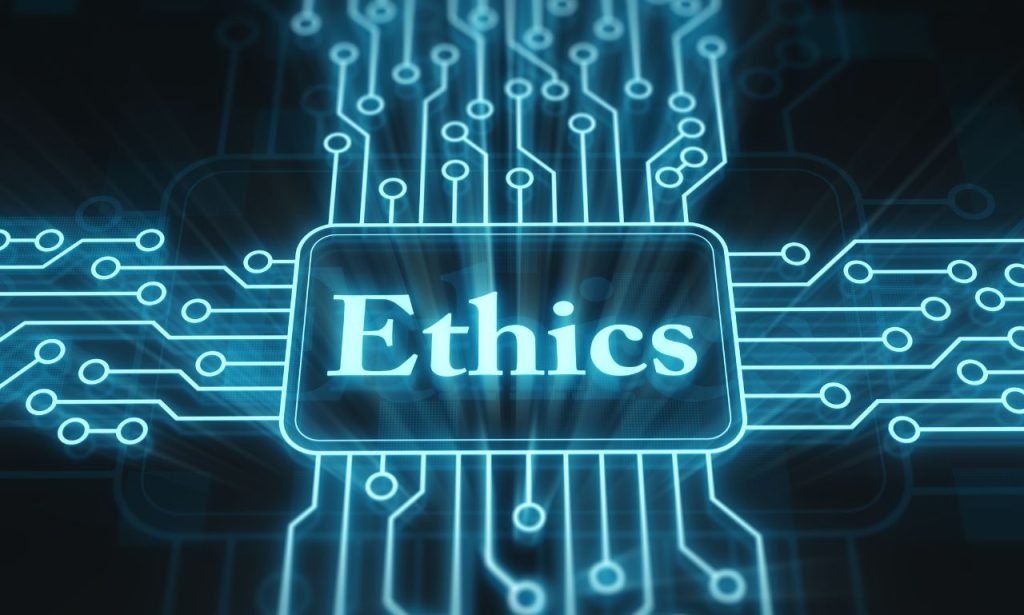
Here’s something most creators don’t consider – AI tools consume enormous amounts of energy. Training large language models and image generators requires data centers running 24/7, contributing significantly to carbon emissions.
Recent studies show that training a single large AI model can produce as much carbon as five cars over their entire lifetimes. When millions of users generate billions of images monthly, the environmental cost adds up quickly.
This doesn’t mean you should avoid AI entirely. Instead, be strategic about your usage—batch similar requests together rather than making multiple minor queries. Use AI for tasks where it genuinely adds value, not just because it’s convenient.
Some AI companies are investing in renewable energy and carbon offset programs. Research which platforms prioritize environmental responsibility. Supporting companies that use clean energy sources sends a clear market signal about what matters to creative professionals.
Consider the long-term impact of your AI-generated content as well. Creating fifty variations of the same concept is possible, but it’s rarely necessary. Focus on quality over quantity, and you’ll reduce both environmental impact and decision fatigue.
Promoting Sustainable Practices
Sustainable AI usage involves striking a balance between efficiency and responsibility. Start by identifying where AI genuinely enhances your creative process versus where it merely replaces human effort unnecessarily.
Many successful creators use AI for ideation and rough drafts, then apply human expertise for refinement and final execution. This approach maximizes the benefits while maintaining creative control and reducing overall AI dependency.
Collaborate with other creators to share knowledge about effective AI prompting techniques. When everyone becomes more efficient with AI tools, we collectively reduce waste and environmental impact. Online communities focused on ethical AI usage provide valuable resources for learning sustainable practices.
Document your AI usage patterns to identify opportunities for improvement. Track which tools provide the most value per query and eliminate redundant or low-impact usage. This data-driven approach enables you to make more informed decisions about when and how to utilize AI.
Continuous Education on AI Ethics
The AI landscape changes monthly, not yearly. New tools emerge constantly, existing platforms update their policies, and legal frameworks evolve to address emerging challenges. Staying informed isn’t optional – it’s essential for ethical practice.
Subscribe to newsletters from organizations like Partnership on AI and AI Ethics Lab. These groups provide regular updates on policy changes, research findings, and best practices. Following thought leaders in AI ethics on social media also helps you stay informed about essential developments quickly.
Attend workshops and webinars focused on AI ethics in creative fields. Many design schools and professional organizations now offer continuing education programs specifically addressing these issues. The investment in learning pays dividends in avoiding costly mistakes later.
Join professional communities where the ethical use of AI is regularly discussed. Having peers who share similar concerns creates accountability and provides practical solutions to common challenges. These relationships often prove more valuable than formal training programs.
Keeping Up With Ethical Standards
Industry standards for AI ethics are still evolving, but certain principles are gaining widespread acceptance. Transparency, accountability, and respect for human creativity form the core of most ethical frameworks.
Always credit AI tools when they contribute significantly to your final output. This transparency helps audiences understand your creative process and sets appropriate expectations. Many creators now include AI usage statements in their project descriptions or portfolio pieces.
Respect existing copyrights and refrain from using AI to replicate specific artists’ styles without their permission. While legal precedents are still being established, ethical creators err on the side of caution when it comes to intellectual property rights.
Consider the broader impact of your AI usage on the creative community. Support platforms that provide fair compensation to artists whose work contributes to training data. Choose tools from companies that invest in creator support programs rather than those that extract value from the creative community.
Developing Ethical Guidelines for AI Usage
Every creative professional needs personal guidelines for AI usage. These shouldn’t be rigid rules but flexible principles that help you make consistent decisions across different projects and contexts.
Start by defining your red lines—the things you absolutely won’t do with AI. For many creators, this includes generating content that deliberately mimics the styles of specific living artists or using AI to replace human collaboration entirely.
Establish clear criteria for when AI usage requires disclosure. Some creators disclose any AI assistance, while others only mention significant contributions made by AI. Find an approach that aligns with your values and those of your clients.
Establish a review process for AI-generated content before publication or delivery. This might include checking for potential bias, verifying factual accuracy, or ensuring alignment with your creative vision. Having systematic review processes prevents ethical lapses during busy periods.
Promoting Accountability and Fairness
Accountability in AI usage means taking responsibility for outputs generated with AI assistance. You can’t blame the algorithm when something goes wrong – you choose to use the tool and present the results.
This responsibility includes verifying AI outputs for bias, misinformation, or harmful content. AI systems can perpetuate stereotypes or generate inappropriate material, especially when given ambiguous prompts. Human oversight remains crucial for identifying and addressing these issues.
Fair AI usage also means considering the impact on other creators. Using AI to undercut competitors on price alone creates a race to the bottom that ultimately harms the entire creative industry. Focus on using AI to enhance quality and efficiency rather than simply reducing costs.
Support initiatives that promote fair compensation for creators whose work contributes to AI training data. Some emerging platforms share revenue with artists whose styles influence AI outputs. While these models are still experimental, they represent necessary steps toward equitable AI development.
Preparing for the Future of AI in Creative Fields
The next few years will bring significant changes to how AI integrates with creative work. Legal frameworks will solidify, new tools will emerge, and industry standards will become more established.
Stay flexible in your approach to AI ethics. What seems cutting-edge today might be standard practice tomorrow. Conversely, tools that appear harmless now might raise new ethical concerns as we better understand their implications.
Build relationships with other creators who share your commitment to ethical AI usage. These connections will become increasingly valuable as the landscape evolves. Collaborative approaches to ethical challenges often produce better solutions than individual efforts.
Anticipating Ethical Challenges
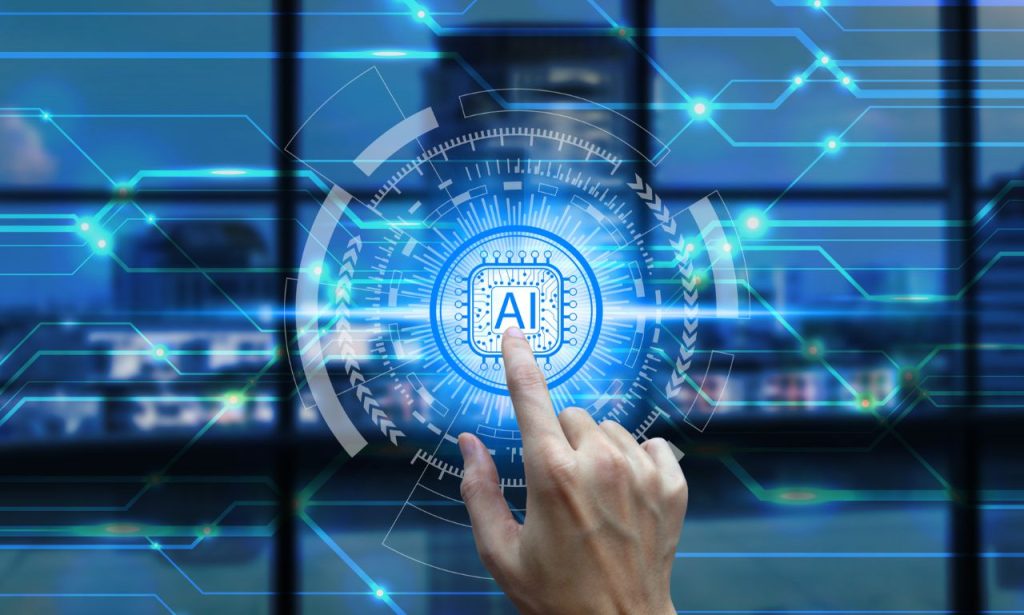
Future ethical challenges in AI are likely to center on authenticity, attribution, and economic impact. As AI capabilities continue to expand, distinguishing between human and machine creativity will become increasingly challenging.
Prepare for questions about the value of human creativity in an AI-enhanced world. Your unique perspective, cultural context, and emotional intelligence remain irreplaceable. Focus on developing skills that complement rather than compete with AI capabilities.
Consider how AI might affect different aspects of the creative pipeline. While AI excels at generating variations and iterations, human creativity shines in conceptual development, cultural interpretation, and emotional resonance.
How can AI be used in the Creative Arts?
AI applications in creative work span numerous disciplines and use cases. Image generation tools enable concept artists to explore visual possibilities quickly. Writing assistants support content creators with research and editing. Music AI helps composers experiment with new harmonies and arrangements.
The key is using AI as a creative partner rather than a replacement. Successful integration amplifies human creativity instead of substituting for it. This approach maintains artistic integrity while benefiting from AI’s computational power.
Conclusion
Using AI ethically in creative work requires ongoing commitment and thoughtful decision-making. The frameworks and principles outlined here provide a starting point, but you’ll need to adapt them to your specific creative practice and evolving circumstances.
Remember that ethical AI usage isn’t just about avoiding harm – it’s about actively contributing to a creative ecosystem that benefits everyone. Your choices today help shape how AI will develop and integrate with creative industries tomorrow.
The future of creative work will likely involve AI in some capacity. By approaching these tools thoughtfully and ethically, you can harness their power while preserving what makes human creativity special.
ALSO READ: How to Make Money as a Creative Writer
FAQs
Yes, when done transparently with proper disclosure and respect for intellectual property rights.
Best practice is to disclose significant AI contributions, though specific requirements vary by industry and client.
Potentially, especially when replicating specific artists’ styles or using copyrighted training data without permission.
Research the company’s data policies, look for transparency reports, and select platforms that offer clear opt-out options.
AI tools consume significant energy, but strategic usage and supporting environmentally conscious providers can minimize impact.

